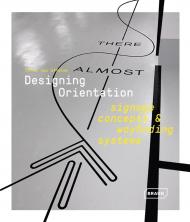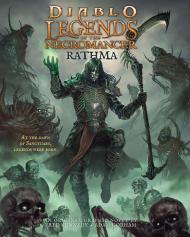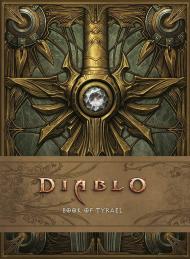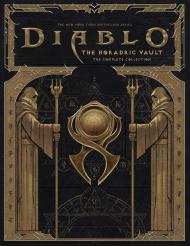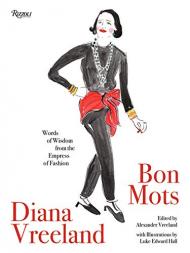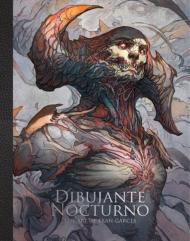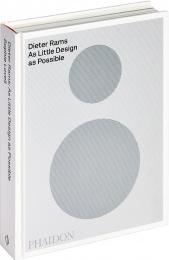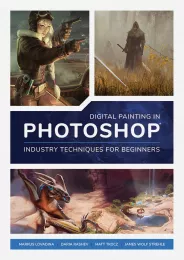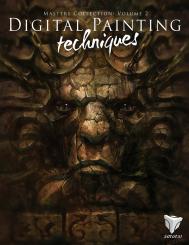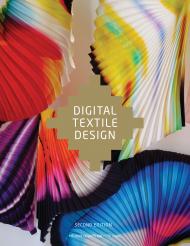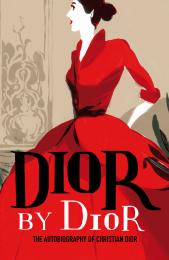Digital Painting Techniques: Volume 2 offers a large selection of tutorials and tips from some of the best digital artists in the industry today, covering a variety of popular subjects and techniques.
Digital Painting Techniques: Volume 2 provides another thrilling opportunity to learn from some of the most accomplished and skilled digital artists from around the world, including top industry professionals Jason Seiler, Jesse Van Dijk, Chee Ming Wong and Carlos Cabrera. The second volume in this up-and-coming series covers a wide variety of themes and topics and provides in-depth tutorials to aid and inspire any digital artist, whether beginner or veteran. Custom brushes, speed painting, characters and fantasy are just a few of the subjects covered in the chapters of this must-have book, with each tutorial providing a logical and professional approach to creating a digital painting of the highest standard.
With additional features including a gallery of stunning artwork and links to free downloadable content such as custom brushes, Digital Painting Techniques: Volume 2 contains a wealth of inspiration and advice, making it a worthy addition to any artist’s bookshelf.
________________
The second volume in this popular series, Digital Painting Techniques: Volume 2, brings together a selection of in-depth tutorials from some of the best digital artists in the industry today. Custom brushes, speed painting, characters, and fantasy are just a few of the topics covered, with each tutorial providing a logical and professional approach to image creation as well as offering valuable tips and advice. With additional features including a gallery and links to free downloadable content, Digital Painting Techniques: Volume 2 contains a wealth of inspiration for any artist.
Chapter 1 - Characters
Dynamic and Exaggerated Poses by Mark McDonnell
Dynamic Camera Placement And Framing by David Smit
Painting a Jungle Monster by Matt Dixon
Painting a Vampire by Richard Tilbury
Painting a Zombie by Richard Tilbury
Futuristic Marines by Ignacio Bazán Lazcano
Caricatures by Jason Seiler
King Arthur and Excalibur by Simon Dominic
Chapter 02 - Science fiction
Sci-fi Vehicles: Spaceships by Chee Ming Wong
Sci-fi Transport - Capital Ships by Chee Ming Wong
Sci-fi Transport - Space Stations by Chee Ming Wong
Sci-fi Environment - Colonized Planets by Chee Ming Wong
Sci-fi Environment - Space Battle by Chee Ming Wong
Chapter 03: Fantasy
Medieval Market by Ignacio Bazán Lazcano
Fantasy City on Stilts by Jesse Van Dijk
Medieval Slums by Richard Tilbury
Chapter 04 - Vehicles
Designing a Concept Racing Car by Dwayne Vance
Designing an Industrial Vehicle by Hoi Mun Tham
Chapter 05 - Speed Painting
"The sleepy village never saw the horror approaching" by Nathaniel West
"As night fell, the darkness came alive" by Ehsan Dabbaghi
"The approaching swarm looked biblical in scal"e by Justin Albers
"The machine was their only means of escap"e by Emrah Elmasli
"Fear engulfed them as they realised they were about to die" by Emrah Elmasli
Chapter 06 - Custom Brushes
Custom Brushes for Fabric and Lace by Nykolai Aleksander
Custom Brushes for Rock/Metal/Stone Textures by Carlos Cabrera
Custom Brushes for Trees, leaves and Branches by Roberto F Castro
Custom Brushes for Crowds by Richard tilbury
Chapter 07 - Painting from a 3D Base
Using Google SketchUp as a Base for Digital Painting by Richard Tilbury
Sci-Fi Robot by Carlos Cabrera
Train Depot by Ioan Dumitrescu
Abandoned Factory by Serg Souleiman
Chapter 08 - Complete Projects
The Making Of "The Beast” by Jama Jurabaev
The Making Of "Hot House” by Kenichiro Tomiyasu
The Making Of "Dust” by Chase Stone
The Making Of "Aretha Franklin” by Jason seiler
The Gallery
